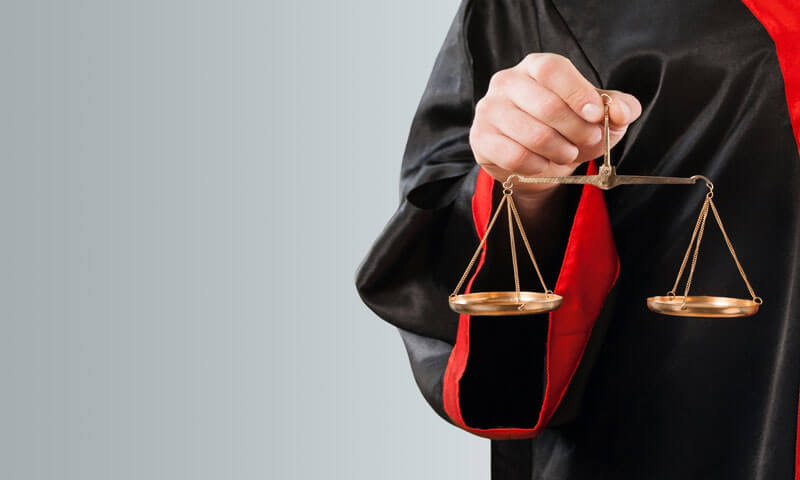Jack Daniel’s Properties Inc. has secured a significant development in its ongoing trademark dispute involving a dog toy labeled “Bad Spaniels.” After the Supreme Court’s reversal of the Ninth Circuit’s initial rejection of Jack Daniel’s claims, the case has been remanded back to the district court, reigniting the legal battle.
The dispute began in 2014 when Jack Daniel’s filed a lawsuit asserting that a dog toy designed to resemble their iconic whiskey bottle infringed upon their trade dress. The toy not only replicated the distinctive fonts found on Jack Daniel’s black labels but also replaced key brand elements with humorous alternatives, such as “Bad Spaniels” instead of “Jack Daniel’s,” “Old No. 2” in place of “Old No. 7,” and “On Your Tennessee Carpet” instead of “Tennessee Sour Mash.”
Initially, the district court ruled in favor of Jack Daniel’s Properties Inc. in 2018, finding both trademark infringement and dilution by VIP Products LLC, the manufacturer of the “Bad Spaniels” toy. This decision was overturned by the Ninth Circuit in 2020, citing the Rogers v. Grimaldi test, which permits the use of trademarks in expressive works without seeking the owner’s permission if the use is artistically relevant.
See also: Jack Daniel’s in Legal Battle Over Hilarious Parody Dog Toy – U.S. Supreme Court Weighs In
However, the Supreme Court intervened, stating that the Rogers test should not apply when the mark in question is used as a trademark. Consequently, the Ninth Circuit’s decision was nullified, prompting the case’s return to the appellate court. The justices also invalidated the finding that VIP’s use fell under the noncommercial exception in dilution law.
In light of the Supreme Court’s decision, VIP contended that it should be allowed to make infringement and dilution arguments, as the case now revolved around questions of law or mixed questions of law and undisputed facts from a complete record. VIP positioned itself as the appellant, challenging the district court’s original judgment, albeit with its Rogers defense stripped away.
Jack Daniel’s, however, pointed out that the ongoing Ninth Circuit docket pertained to Jack Daniel’s appeal of the district court’s judgment in favor of VIP upon remand following the Ninth Circuit’s overturning of Jack Daniel’s initial victory. The company emphasized that if VIP succeeded in convincing the Ninth Circuit on aspects unrelated to the Rogers doctrine, it would merely vacate the nonexistent original victory for Jack Daniel’s rather than affirm VIP’s Rogers-based win.
As the legal proceedings advance, there are two key issues at play. First, whether the case will be sent back to the district court for further analysis based on trademark law’s standard likelihood of consumer confusion framework. Second, whether VIP should be designated as the appellant, potentially influencing the order of the briefing process.
The recent order issued by Circuit Judges Andrew D. Hurwitz, A. Wallace Tashima, and Eric D. Miller of the Ninth Circuit brings attention to these matters. By choosing to vacate the trial court’s ruling and returning the case to the US District Court for the District of Arizona, the Ninth Circuit has set the stage for potentially prolonged litigation. The district court will once again evaluate the case in light of trademark law principles, particularly the likelihood of consumer confusion standard.
This legal saga highlights the intricate intersection of trademark law, artistic expression, and brand protection. The outcome of this case could establish a precedent regarding the application of the Rogers v. Grimaldi test in cases where trademarks are utilized as part of expressive works. As the revived litigation unfolds, legal experts and industry observers eagerly await the district court’s renewed analysis and the subsequent decisions that will shape the future of trademark disputes in creative contexts.
Don’t be a silent ninja! Let us know your thoughts in the comment section below.






































